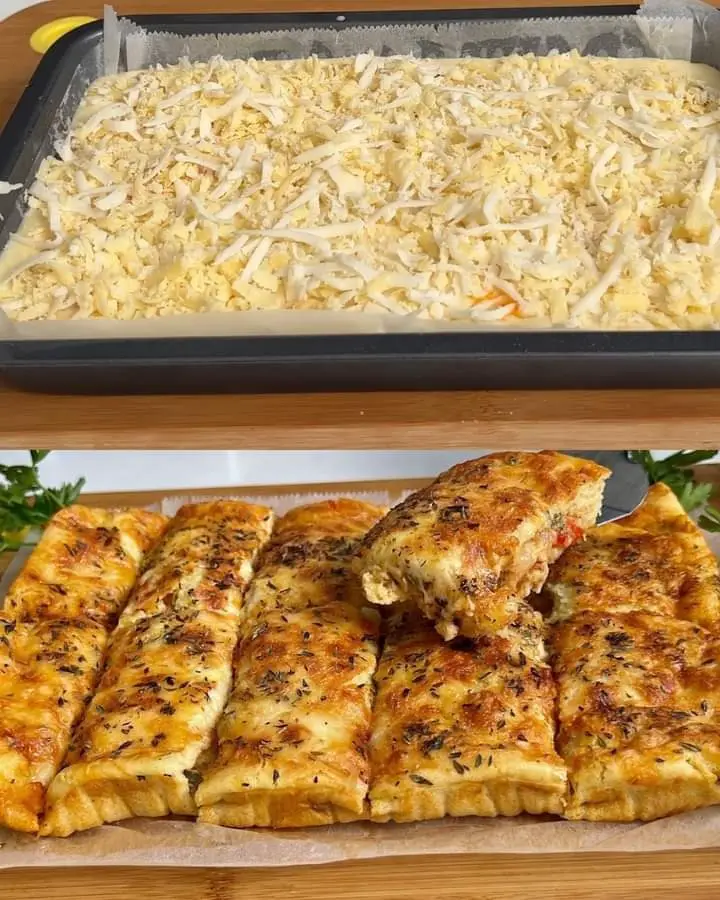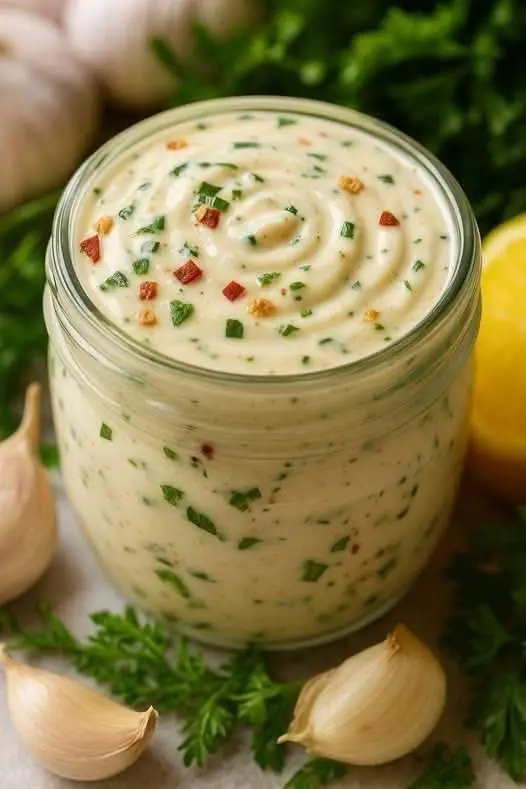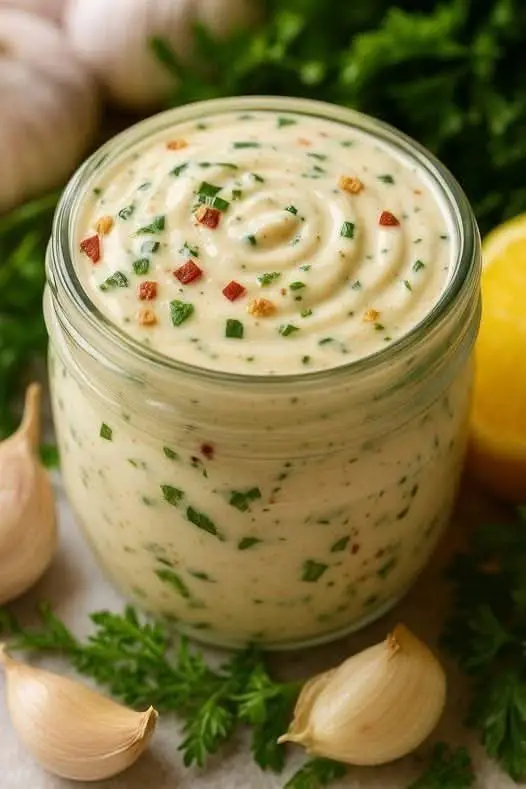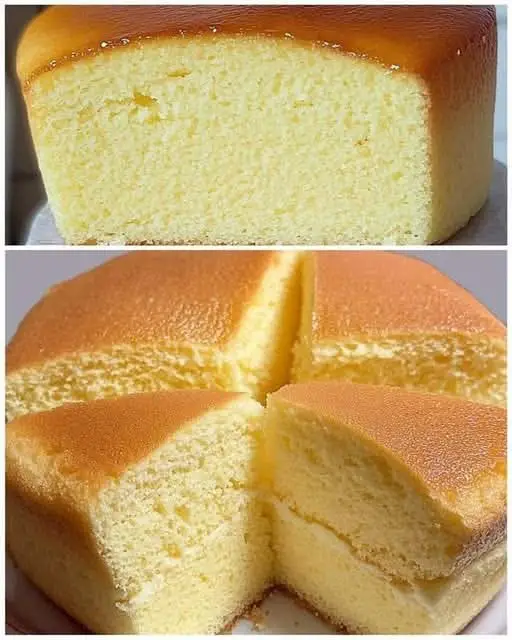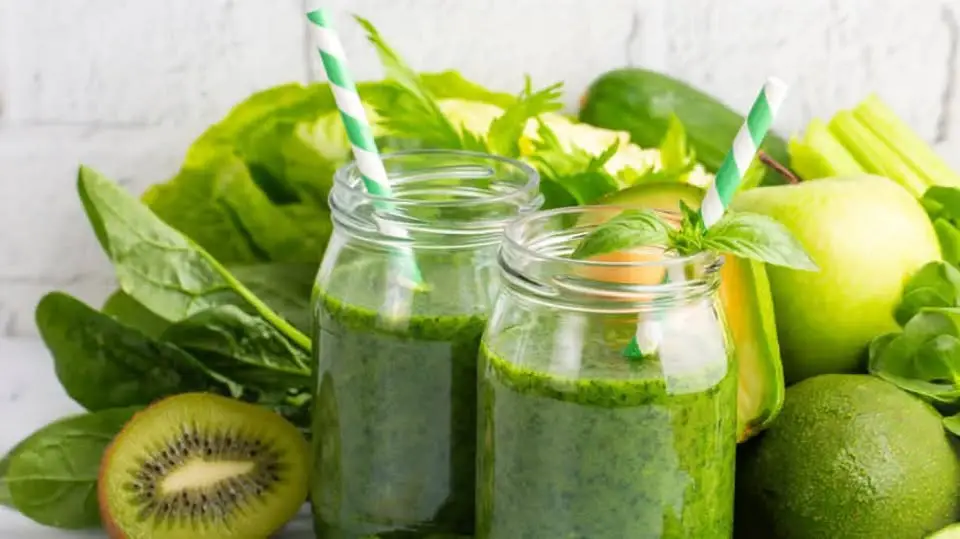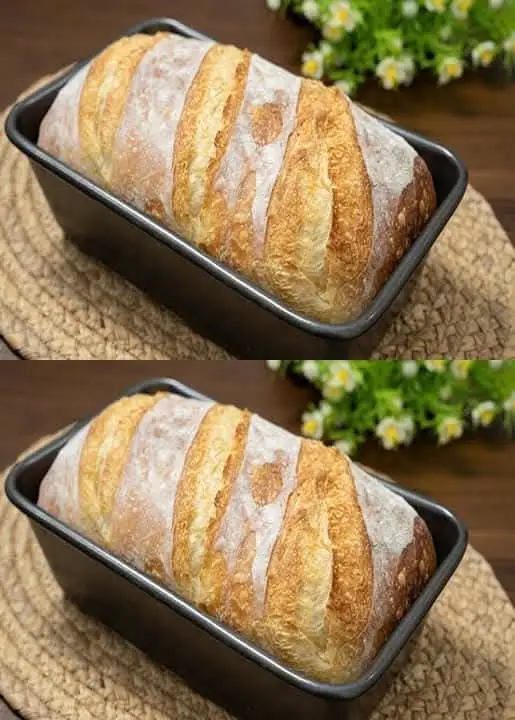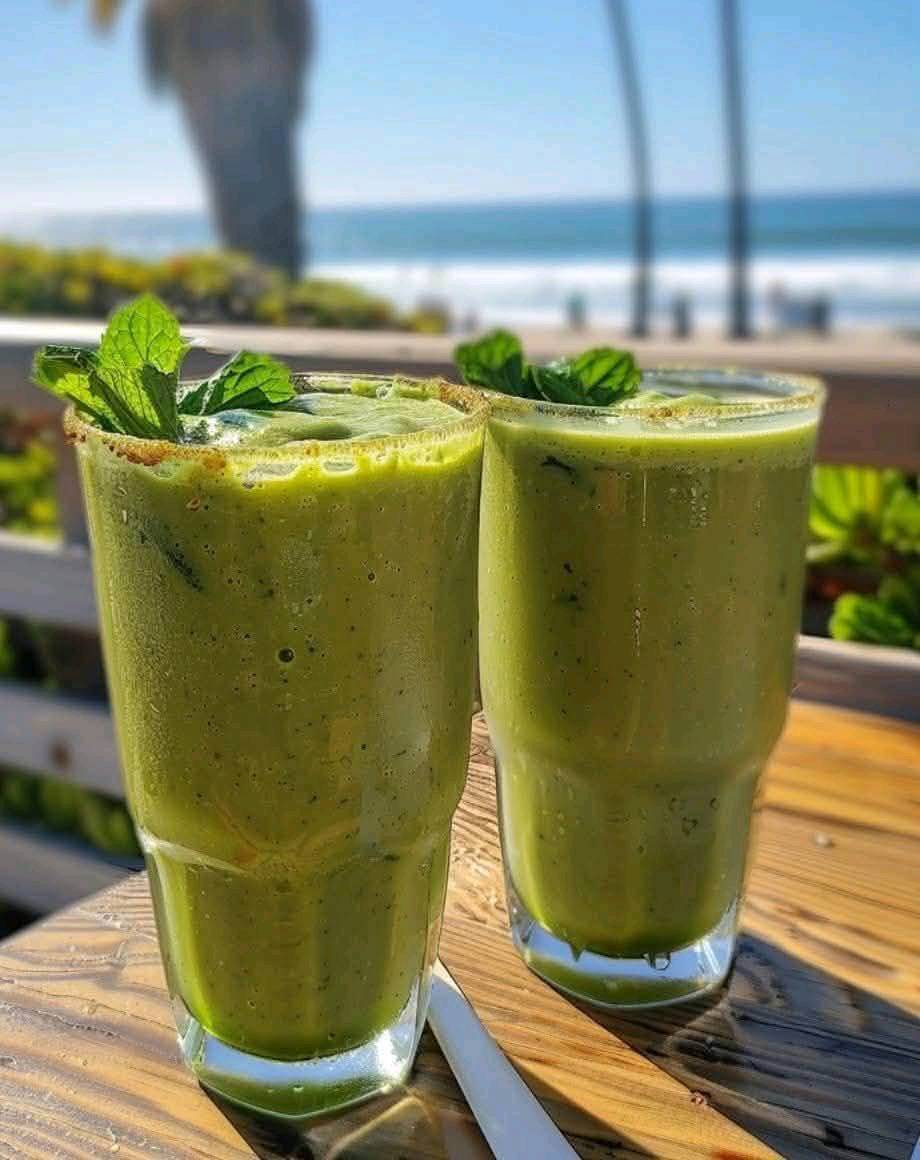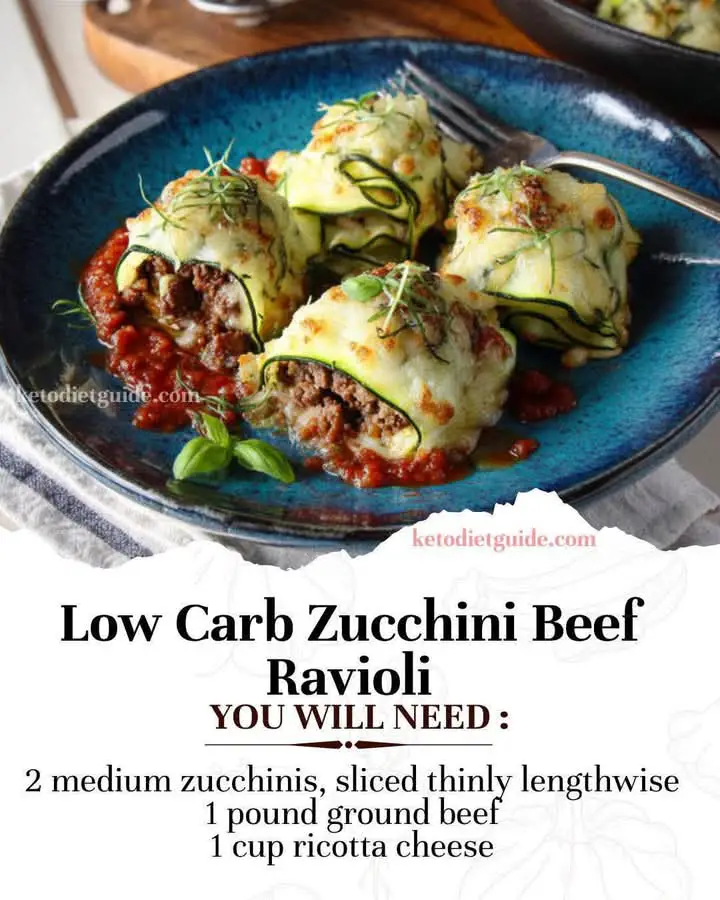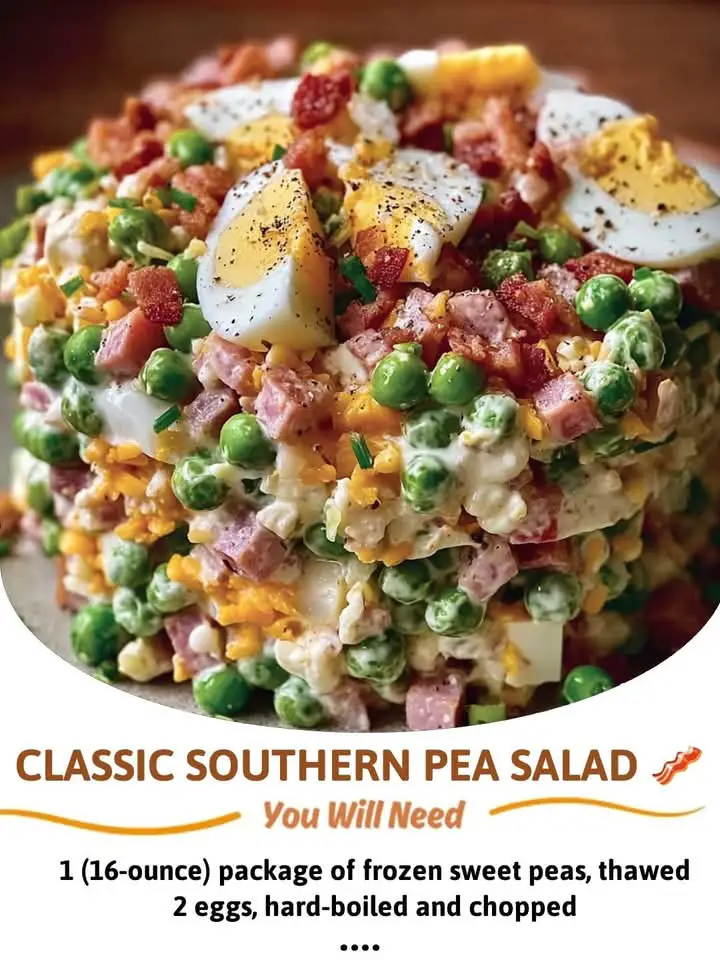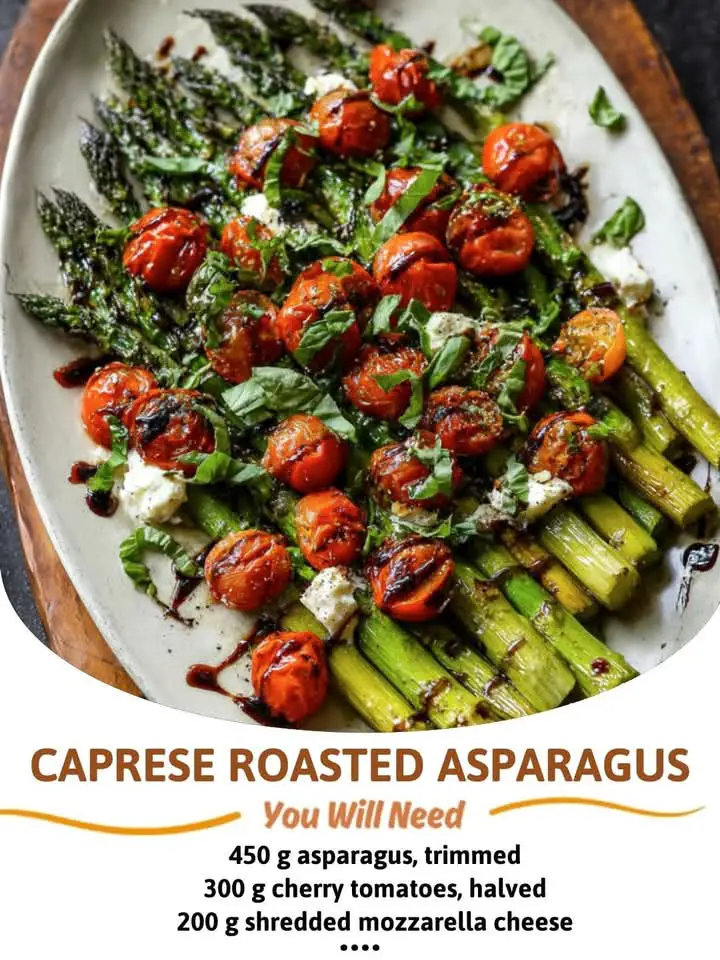If you’re looking for a quick and satisfying dinner, this savory potato and chicken skillet is a great option. With a creamy batter, tender chicken, and flavorful vegetables, it’s an easy one-pan meal that comes together in no time.
Preparation Time
Prep Time: 15 minutes
Cook Time: 15-20 minutes
Total: 30-35 minutes
Ingredients
For the Batter:
Eggs: 2
Milk: 150 ml (about 2/3 cup)
Salt: 1/2 teaspoon
Garlic Powder: 1/2 teaspoon
Black Pepper: 1/2 teaspoon
Extra Virgin Olive Oil: 2 tablespoons
Boiled Potatoes: 150 g, mashed (about 1 medium potato)
Flour: 4 tablespoons
Baking Powder: 1 teaspoon
For the Filling:
Extra Virgin Olive Oil: For cooking
Onion: 1, chopped
Green Bell Pepper: 1, chopped
Red Bell Pepper: 1, chopped
Salt and Black Pepper: To taste
Chicken Breast: 150 g, diced (about 1 cup)
Black Pepper, Garlic Powder, Oregano: To taste
Tomato Sauce: 2 tablespoons
Cream for Cooking: 3 tablespoons
Grated Cheese: As desired
Instructions
Prepare the Batter:
In a blender or food processor, combine the eggs, milk, salt, garlic powder, black pepper, extra virgin olive oil, mashed boiled potatoes, flour, and baking powder. Blend until smooth.
Cook the Vegetables:
In a large skillet, heat a tablespoon of extra virgin olive oil over medium heat.
Add the chopped onion, green bell pepper, and red bell pepper. Cook until the vegetables are soft, about 5 minutes.
Season with salt and black pepper to taste. Remove the vegetables from the skillet and set aside.
Cook the Chicken:
In the same skillet, add a little more olive oil if needed.
Add the diced chicken breast and cook until it’s no longer pink, about 5-7 minutes.
Season with black pepper, garlic powder, and oregano to taste.
Stir in the tomato sauce and cook for another 2 minutes.
Combine and Cook:
Pour the batter into the skillet with the chicken.
Add the cooked vegetables back into the skillet.
Stir in the cream for cooking.
Sprinkle grated cheese over the top.
Cover the skillet and cook on low heat until the cheese is melted and the batter is set, about 10 minutes.
Serve:
Serve the dish warm. Enjoy this quick and incredibly good dinner!
Serving Suggestions:
Pair with a simple green salad or steamed veggies for a complete meal.
Great on its own or with a side of crusty bread.
Storage Tips:
Refrigeration: Store leftovers in an airtight container in the refrigerator for up to 3 days.
Reheating: Reheat in the skillet over low heat or in the microwave until warmed through.
Tips for Perfect Skillet Dish:
Ensure Even Cooking: Make sure to spread the batter evenly in the skillet to ensure it cooks through properly.
Cover the Skillet: Covering the skillet helps the cheese melt evenly and the batter to cook thoroughly.
FAQ
Can I use a different type of cheese?
Yes, you can use any type of cheese you prefer or have on hand. Cheddar, mozzarella, or a cheese blend works well.
Can I make this dish ahead of time?
Yes, you can prepare the dish ahead of time. Just store it in the refrigerator and reheat before serving. The flavors may develop further after sitting for a bit.
Can I substitute the chicken with another protein?
Absolutely! You can use cooked beef, pork, or even tofu as a substitute for chicken. Adjust the cooking time based on the protein you choose.
What if I don’t have fresh vegetables?
You can use frozen or canned vegetables as a substitute. Just be sure to drain and cook them according to package instructions before adding them to the skillet.
Can I use dairy-free alternatives?
Yes, you can substitute dairy-free milk, cream, and cheese if you prefer. Ensure that the alternatives are suitable for cooking to maintain the dish’s texture and flavor.
How do I know when the batter is set?
The batter is set when it is firm to the touch and the top is golden brown. You can also insert a knife into the center; it should come out clean if the dish is fully cooked.
Can I add more spices or herbs?
Definitely! Feel free to adjust the seasoning and add your favorite spices or herbs to enhance the flavor of the dish.
Is this recipe suitable for freezing?
Yes, this dish freezes well. Allow it to cool completely, then wrap tightly and freeze for up to 3 months. Thaw in the refrigerator before reheating.
How do I make the dish spicier?
You can add a pinch of red pepper flakes, cayenne pepper, or hot sauce to the filling for an extra kick.
Can I use a different type of flour?
You can use whole wheat flour or gluten-free flour if preferred. Just be aware that it may slightly change the texture of the batter.
Conclusion:
This savory potato and chicken skillet is a delicious and easy-to-make meal that’s perfect for a busy weeknight dinner. With its rich flavors and creamy texture, it’s sure to be a hit with the whole family. Enjoy the simplicity and taste of this delightful dish!

